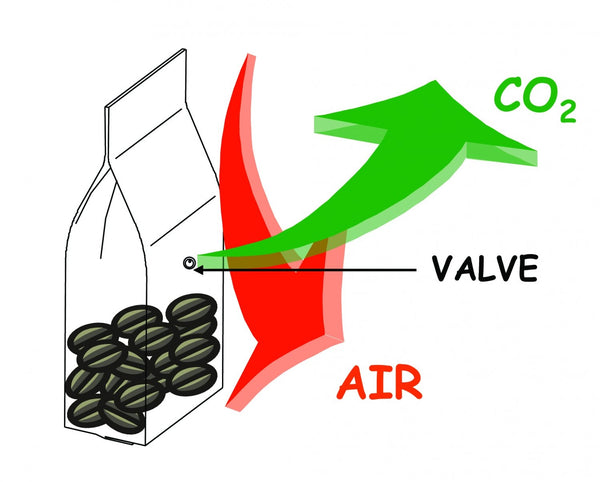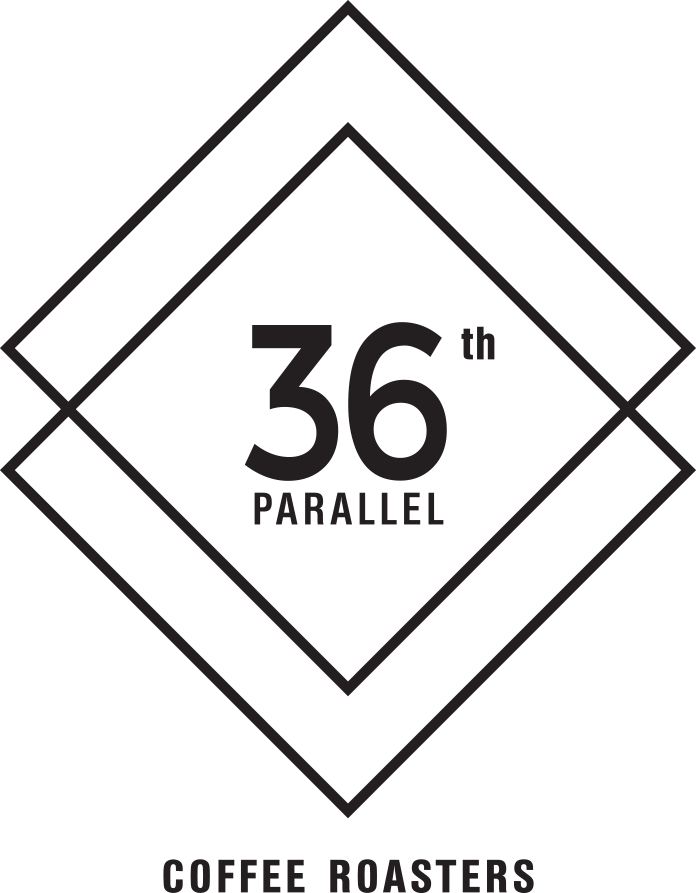
UNDERSTANDING DEGASSING
So what is degassing?
When coffee is roasted, gases form inside the bean. After roasting, gases (mostly carbon dioxide) start seeping out. When coffee is a few days old and very fresh, a bulk of the carbon dioxide formed leaves your beans. During this time, CO2 escapes so quickly it negatively affects the flavor of your coffee by creating an uneven extraction.
This degassing process is the reason roasters start selling their coffee a few days to a week after the roast date. Degassing varies depending on the type of coffee and roast. It, therefore, can take anywhere up to 12 days until the coffee is ready to brew. typically the first 24 hours is when a bulk (approximately 40%) of CO2 leaves the bean.
Why you shouldn’t pre-grind your beans to speed up degassing!
If you grind your coffee well before brewing, degassing significantly speeds up (but not in a good way). The finer the grind, the larger the gas volume is released.
This will make your coffee stale in a matter of hours.
The fresher your coffee the more degassing you will experience during your brew. This is why it’s important to bloom your coffee (pre-wet and let sit for around 30 seconds) in order to release rapidly escaping CO2. However, if your coffee is to too fresh, regardless of how you brew your coffee, the extraction will still be uneven due to the amount of CO2 escaping during the entire brewing process.

